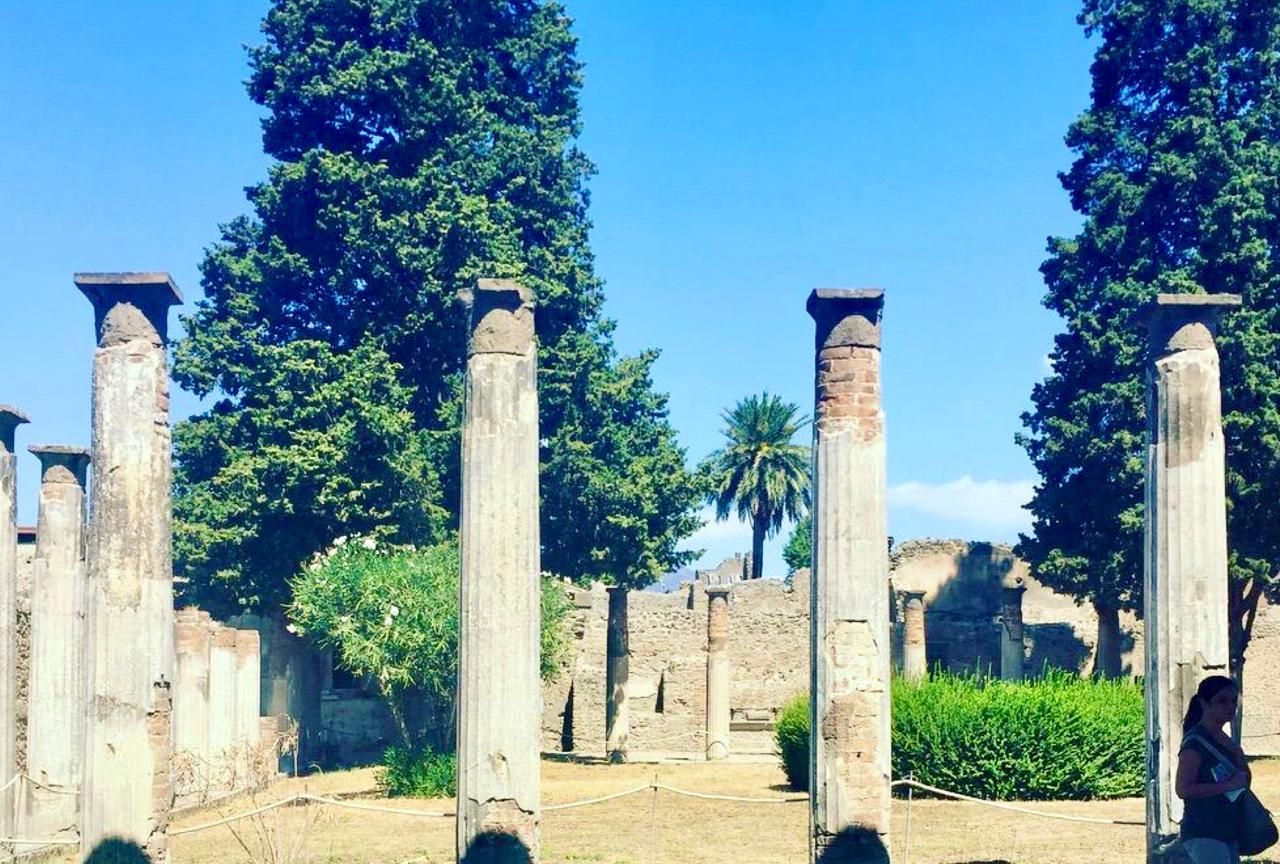
Pompeii introduces a daily cap of 20,000 visitors to combat overtourism and protect its heritage. This move aims for sustainable growth while offering a high-quality experience at one of Italy's most iconic archaeological sites.
The world-famous Pompeii archaeological park introduced a daily limit of 20,000 visitors on Friday, becoming the latest Italian tourist hotspot to address overcrowding.
The "experimental" scheme requires visitors to the UNESCO World Heritage Site to purchase named tickets, which during the summer will be divided into morning and afternoon slots.
Gabriel Zuchtriegel, the director of Pompeii, told AFP that the measure aims to better manage crowds, fostering more "sustainable" growth.
"The idea is not to close Pompeii but to expand it and better manage the flow," he said during the launch of the scheme at the historic site near Naples in southern Italy.
Last year, more than four million people visited Pompeii, the ancient Roman city buried nearly 2,000 years ago when Mount Vesuvius erupted—most of them during the summer months.
Organisers expect this year’s numbers to be even higher, with 3.84 million visitors recorded between January and October alone. One Sunday saw over 36,000 people entering on a free admission day.
Zuchtriegel expressed concerns about the safety of visitors and staff, as well as the preservation of the unique site, where many buildings—and even some of the victims' bodies—remain remarkably intact after the eruption.
"We want to guarantee all visitors a high-quality experience. It must never be mass tourism," he emphasized.
Tourism has surged worldwide since the COVID-19 pandemic, raising concerns about potential damage to irreplaceable landmarks and triggering protests by local communities under pressure.
Italy, the fourth most popular tourist destination globally, welcomed 57.2 million foreign visitors last year, who spent $55.9 billion, according to the World Tourism Organization (UNWTO). Many flock to iconic sites such as Rome’s historic center, Florence, Venice, Pompeii, and the Cinque Terre.
Earlier this year, Venice introduced a five-euro ($5.30) entry fee for day-trippers during peak periods to encourage visits during quieter times.
Meanwhile, walking the newly renovated "Path of Love" in Cinque Terre, where heavy human traffic clogs trails in high season, now requires a ticket.
In Pompeii, Jan Kubec, a 37-year-old Czech tourist, praised the visitor limits as a "good idea."
"Overtourism is a global problem. Too many visitors could mean the site may not be preserved for future generations," he said.
Dominique Gilbert, a 54-year-old French tourist, noted both advantages and challenges.
"Restricting access somewhat helps protect the site. However, it could complicate plans for those who book flights or group tours in advance," she observed.
While limits during peak seasons may appear detrimental to Pompeii’s revenue, Zuchtriegel said steps are being taken to ensure "no negative consequences on takings."
The park is encouraging visitors to explore nearby sites, suggesting that if only an afternoon ticket is available for Pompeii, tourists could spend their morning elsewhere.
Efforts are also underway to reopen closed alleyways and streets in Pompeii, which would expand capacity and potentially allow the daily limit to exceed 20,000.
"This is not a measure against growth. We are focusing on sustainable growth that lasts over time," Zuchtriegel stated.
Between April 1 and October 31, up to 15,000 visitors will be admitted from 9:00 AM to 12:00 PM, and another 5,000 from 12:00 PM to 5:30 PM.
With AFP




Comments